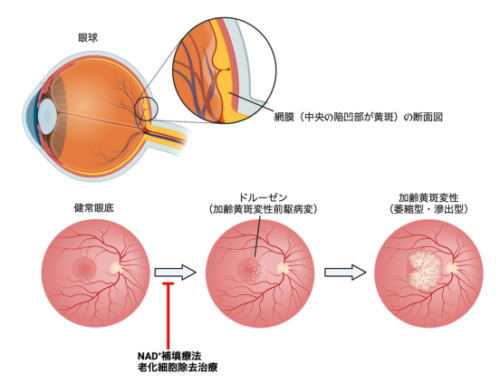2024-04-13 バーミンガム大学
<関連情報>
- https://www.birmingham.ac.uk/news/2024/objective-biomarker-test-could-predict-heart-disease-risk-for-patients-with-common-arrhythmia
- https://academic.oup.com/cardiovascres/advance-article/doi/10.1093/cvr/cvae067/7643761
心房細動における血液ベースの心代謝表現型とその関連リスク: EAST-AFNET 4生体分子研究 Blood-based cardiometabolic phenotypes in atrial fibrillation and their associated risk: EAST-AFNET 4 biomolecule study
Larissa Fabritz, Winnie Chua, Victor R Cardoso, Christoph Al-Taie, Katrin Borof, Anna Suling, Linda Krause, Shino Kany, Christina Magnussen, Karl Wegscheider…
Cardiovascular Research Published:13 April 2024
DOI:https://doi.org/10.1093/cvr/cvae067
Abstract
Background
Atrial fibrillation (AF) and concomitant cardiometabolic disease processes interact and combine to lead to adverse events such as stroke, heart failure, myocardial infarction, and cardiovascular death. Circulating biomolecules provide quantifiable proxies for cardiometabolic disease processes. Their role in defining subphenotypes of AF is not known.
Methods and results
This prespecified analysis of the EAST-AFNET4 biomolecule study assigned patients to clusters using polytomous variable latent class analysis (poLCA) based on baseline concentrations of thirteen precisely-quantified biomolecules potentially reflecting ageing, cardiac fibrosis, metabolic dysfunction, oxidative stress, cardiac load, endothelial dysfunction, and inflammation. In each cluster, rates of cardiovascular death, stroke, or hospitalization for heart failure or acute coronary syndrome, the primary outcome of EAST-AFNET 4, were calculated and compared between clusters over median 5.1 years follow-up. Findings were independently validated in a prospective cohort of 748 patients with AF (BBC-AF; median follow up 2.9 years).
Unsupervised biomolecule analysis assigned 1586 patients (71 years old, 46% women) into four clusters. The highest-risk cluster was dominated by elevated BMP10, IGFBP7, NT-proBNP, ANGPT2 and GDF15. Patients in the lowest-risk cluster showed low concentrations of these biomolecules. Two intermediate-risk clusters differed by high or low concentrations of hsCRP, IL-6, and D-dimer. Patients in the highest-risk cluster had a 5-fold higher cardiovascular event rate than patients in the low-risk cluster. Early rhythm control was effective across clusters (pinteraction = 0.63). Sensitivity analyses and external validation in BBC-AF replicated clusters and risk gradients.
Conclusions
Biomolecule concentrations identify cardiometabolic subphenotypes in patients with atrial fibrillation at high and low cardiovascular risk.
Graphical Abstract



